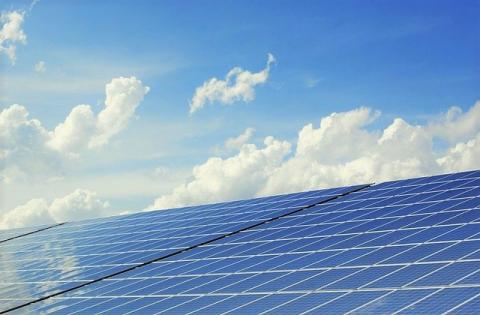
Region: Global
Country: Global / Non-Specific
Sector: Energy and Power
Topic: Climate-Smart
Keywords: Renewable Energy, Energy and Power PPPs **
Document Link(s):
Document Summary:
One of the most important challenges for institutional investors in the next several years is dealing with an environment of low-yielding opportunities combined with the rising need to deploy large amounts of capital and meet growing liabilities. At the same time, one of the most important challenges for the world as a whole is dealing with global warming and its proven economic impacts and negative consequences for humanity. While seemingly disparate, these two challenges have only recently converged to a point where they become synergetic. Renewable infrastructure has reached sufficient maturity to constitute a sound investment proposition and the best chance to reverse global warming
Document Details:
Two key concerns that have historically inhibited investments in renewable infrastructure are size and risk. First, large institutional investors look for opportunities to deploy meaningful amounts of capital, which has not been previously possible in the incipient industry. Second, renewable energy has always been associated with frontier technology risks, outside the realm of feasibility for traditional investors. Both dynamics shifted in the past five years.
First, renewable infrastructure now exhibits sizeable investment potential. Conclusions from the United Nations Conference on Climate Change (COP21) in December 2015 highlight the need for an additional $1 trillion in annual renewable infrastructure investment by 2030 to meet the goal of limiting global warming to 2 degrees. This need compares to a current annual average capacity investments of around $200 billion. Furthermore, among the top 500 asset owners, including foundations, pensions and endowments, only 0.4% of total assets under management (AUM) have been identified as low-carbon investments ($138 billion versus $38 trillion AUM).
Second, and most importantly, renewable energy technology, especially solar and wind, has made exponential gains in efficiency in recent years, enough to achieve economic competitiveness and, in an increasing number of cases, grid parity. For instance, the unsubsidized, levellized cost of electricity (LCOE) for utility scale solar photovoltaic, which was highly uncompetitive only five years ago, has declined at a 20% compounded annual rate, making it not only viable but also more attractive than coal in a wide range of countries. By 2020, solar photovoltaic is projected to have a lower LCOE than coal or natural gas-fired generation throughout the world. Renewable infrastructure has moved much closer to utilitylike investments and no longer presents frontier technology like risks.
Of course, some of the opportunities in renewable energy still present other types of risk, such as political or regulatory risk, especially in direct investments in emerging markets. Nonetheless, there is still a wide gap between perception and reality about risks and opportunities in the sector. Several risk-mitigation instruments, including political risk insurance, are available from international organizations.
This handbook aims to clarify these and other misperceptions around an industry that has evolved at a very fast pace, providing a quick reference guide for investors to step deeper into the sector. Section 1 provides an overview of the fast technological changes that have made renewables cross the economic efficiency threshold. Section 2 offers the landscape of renewable energy investments, detailing expected and realized risks and returns across asset classes. Section 3 highlights the key remaining risks in the sector, showcasing respective mitigating factors. Section 4 presents real-life examples from the experience of institutional investors, both in survey format and case studies. Section 5 concludes.
Find more @ Energy and Power PPPs and Climate-Smart PPPs
Image by Pixabay
Updated: October 25, 2021